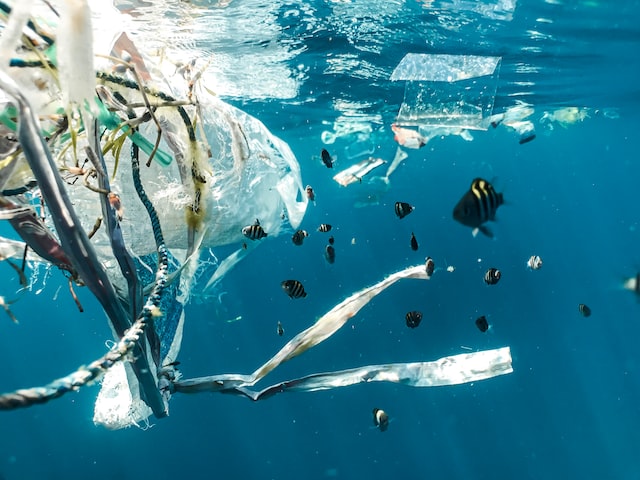Plastic made up more than three-quarters of the litter collected from Australia’s urban waterways and catchments in the past three years, new research shows.
Food wrappers, polystyrene, bottle caps and unidentifiable shards of hard and soft plastic were the most common items found, according to Conservation Volunteers Australia.
The increasing rates of plastic turning up in the nation’s rivers, bays and beaches meant greater intervention was needed to stop the rubbish reaching the sea, chief executive Phil Harrison said.
About 80 per cent of the plastic in the world’s oceans originate in rivers, creeks and storm water systems.
“The severe weather events we have seen across the country this summer have only exacerbated the pressures on our marine environments,” Mr Harrison said on Wednesday.
Researchers collected about 400,000 pieces of plastic between 2020 and 2023 from nine of the nation’s major urban waterways and catchments across the nation, with 79 per cent of marine litter found to be plastic.
Sydney had the highest concentration of plastics nationally over the past three years with 91 per cent of trash found to be plastic in the city’s key ocean tributaries.
Perth’s Swan River had the lowest at 61 per cent, with Melbourne, Brisbane and Adelaide notching up 70, 80 and 86 per cent respectively.
Traditionally problematic single-use plastics, such as thin plastic bags, straws, plates and utensils, collectively made up less than 10 per cent of all litter following bans across the nation.
The findings come as Conservation Volunteers Australia prepares to launch the inaugural World Ocean Day Down Under as part of a national campaign of action to reduce plastic pollution through to international Word Ocean Day on June 8.
Aaron Bunch
(Australian Associated Press)





